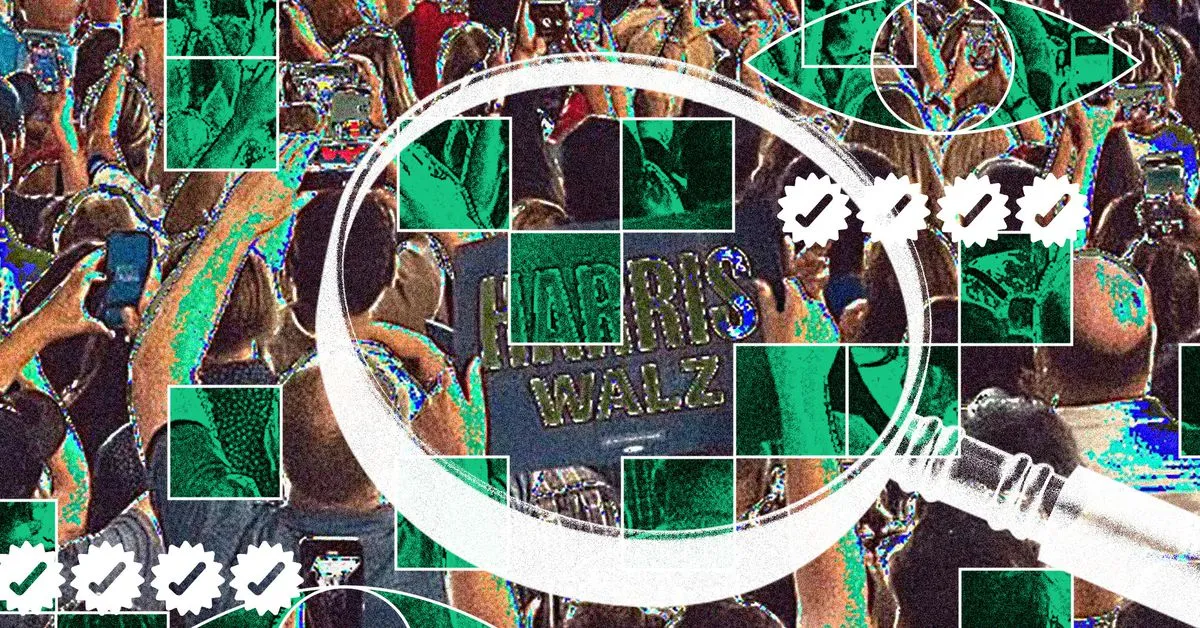Exploring the Gaps in AI Photo Authenticity Standards

Why Authenticity Standards Are Essential
As generative AI technologies advance, distinguishing real images from AI-generated fakes is increasingly vital. Expert organizations are pushing for the adoption of authenticity standards like C2PA to authenticate images before they mislead viewers.
The Development of C2PA
The Coalition for Content Provenance and Authenticity, or C2PA, aims to tackle the chaos surrounding digital image verification. This standard utilizes cryptographic digital signatures to validate the authenticity of images, but we are yet to witness widespread adoption.
Steps to Implementation
- Industry Standard Adoption
- C2PA develops an authentication and attribution framework.
- Collaboration among photo, content hosting, and image editing industries is crucial.
- Creator Credential Addition
- Camera manufacturers embed credentials directly into images.
- Image editing software like Adobe Photoshop can embed verification data.
- Platform and Viewer Checks
- Online platforms flag images with credentials for users.
- Viewers access databases to verify image authenticity.
Challenges in Implementation
Barriers remain due to implementation gaps and lack of platform support for these standards. New camera models like the Leica M11-P initiate progress, yet smartphones and older camera models must catch up.
Encouraging Future Adoption
With transparency and technological advancements, the push for authenticity can help re-establish trust in digital media. The industry’s collective efforts to implement systems such as C2PA may finally yield results.
This article was prepared using information from open sources in accordance with the principles of Ethical Policy. The editorial team is not responsible for absolute accuracy, as it relies on data from the sources referenced.